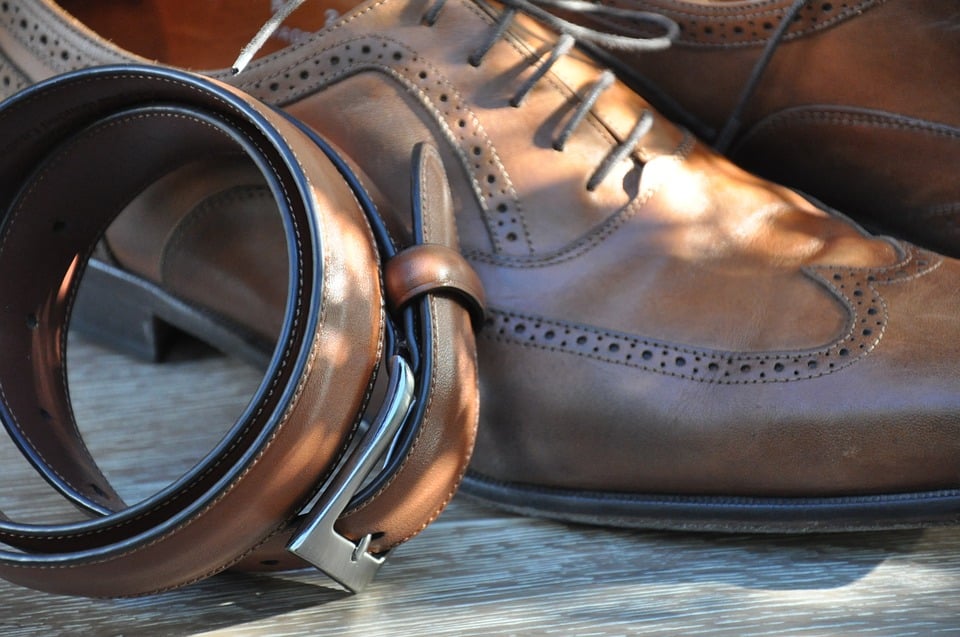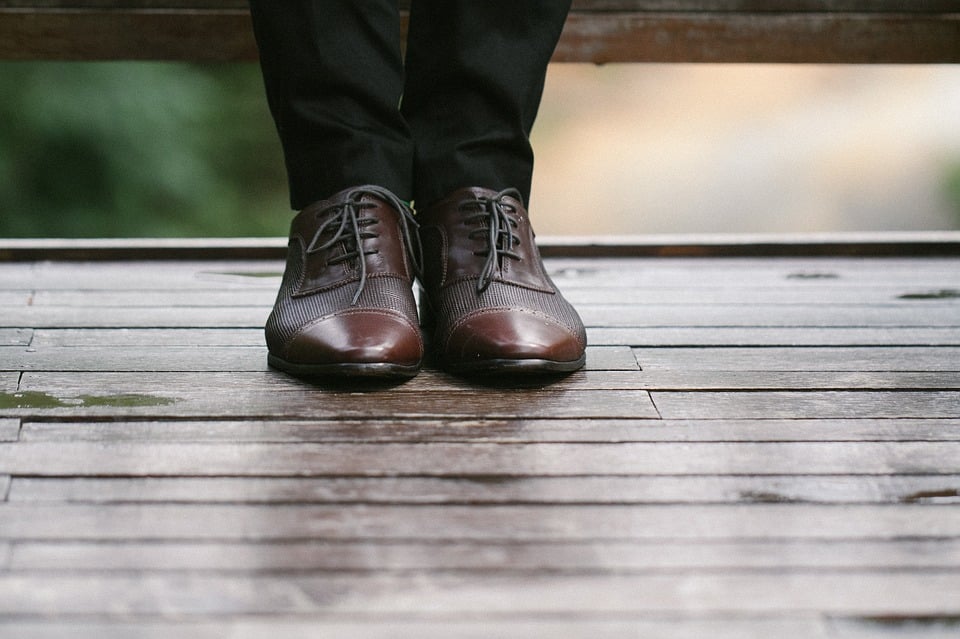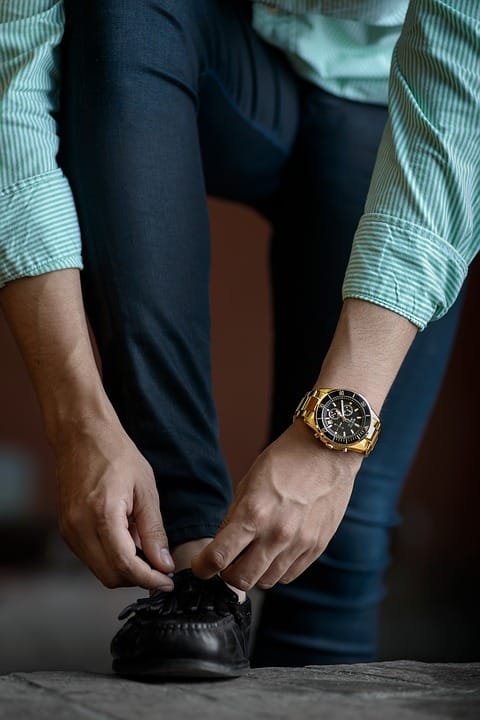As the weather begins to warm, more and more men are switching out their tennis shoes for sandals. Aside from the increased comfort they offer, the right pair of sandals will enhance your appearance. However, there are a few things you should know about the “do’s” and “don’ts” of wearing them.
Do Clip Your Toenails
There’s no other way around it: if you plan on wearing sandals, you need to clip your toenails. We’ve all been guilty of ignoring this self-grooming process at some point or another. If your feet are concealed, it really doesn’t matter if your nails are clipped. With sandals, however, your feet are exposed for the world to see, so clip them!
Don’t Mix Brown and Black
This rule isn’t limited strictly to sandals; it applies to all clothes and fashion accessories. Because many popular styles of sandals are brown, however, many men make the mistake of mixing brown and black in their outfits.
Do Choose High-Quality Sandals
There are literally hundreds of different styles of men’s sandals, some of which are made of cheap rubber, while others are made of stronger, more durable materials. Rather than buying a cheap pair of rubber sandals, it’s recommended that you invest in a pair of high-quality sandals. You can expect to pay more for a pair of genuine leather sandals, but this is one instance in which the saying “You get what you pay for” holds true.
Don’t Let Your Pants Drag on the Ground
While you don’t have to necessarily wear shorts with sandals, you shouldn’t allow the bottom of your pants to drag on the ground. It’s not uncommon for men to wear jeans with sandals, only for the bottom of their jeans to drag on the ground. Not only is this a fashion faux-pas, but it also damages your pants. So, consider wearing straight leg jeans that do not widen or otherwise expand towards the bottom.
Do Consider Comfort
Don’t just consider the color and style when choosing sandals; also consider how comfortable they are. You don’t want to be stuck with a pair of sandals that you can’t wear because they rub your feet raw. To prevent this from happening, take a few minutes to try on any new sandals that you are considering buying. This will give you a better idea of whether or not they provide adequate support and comfort for your feet.
References:




